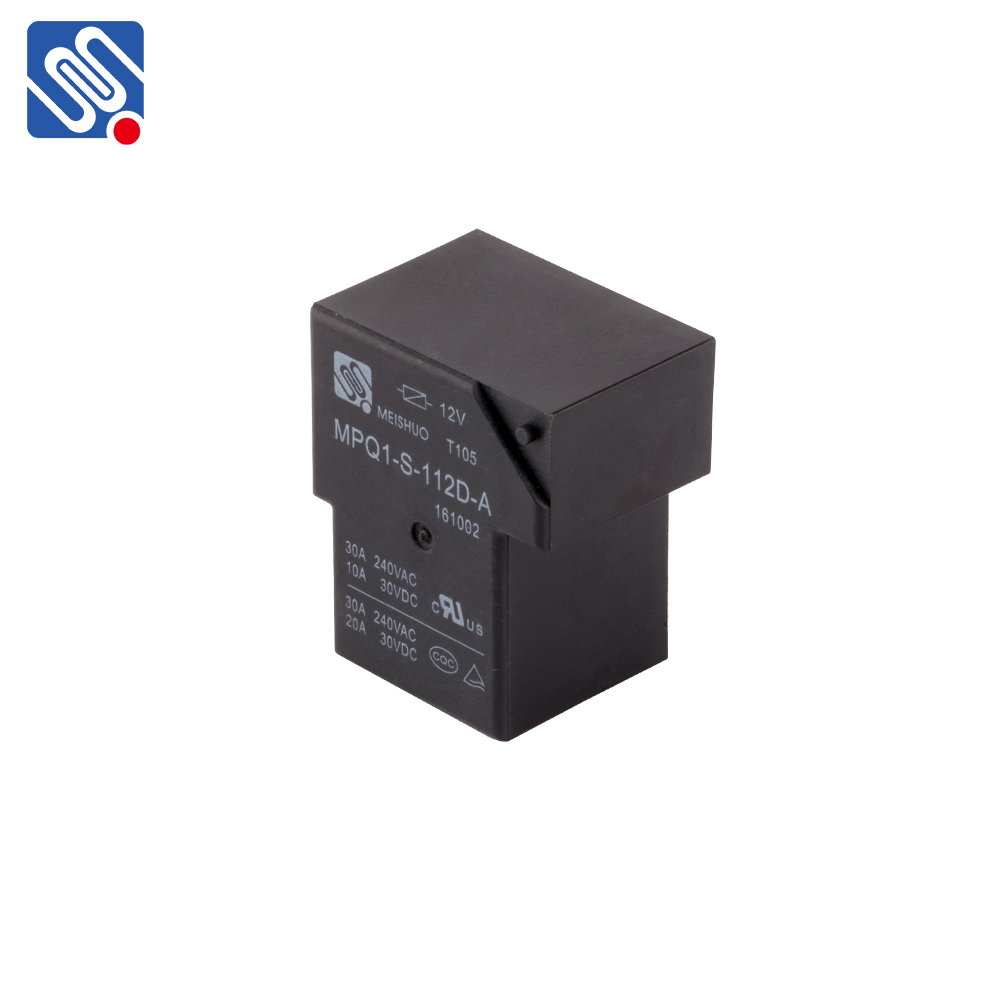understanding relay connections: key concepts and applications
Release time:2025-11-19 14:59:03
Relay connections are integral components in various communication and control systems, enabling devices to communicate over longer distances or through challenging conditions. Whether it's in the realm of computer networks, electrical systems, or wireless communications, relay connections serve a crucial role in maintaining the efficiency and reliability of modern technologies. In this article, we will explore the basic concepts of relay connections, their types, and the applications in which they are commonly used.

What Are Relay Connections?
A relay connection is a type of communication link where a signal is passed through an intermediate device, known as a "relay," before reaching its final destination. The purpose of the relay is to either amplify, repeat, or forward the signal to overcome obstacles such as distance, interference, or weak signal strength. This process can be found in a variety of systems, including electrical, mechanical, and networked environments.
Types of Relay Connections
Electrical Relay Connections
In electrical systems, relays are mechanical or solid-state devices that open or close a circuit based on an input signal. These relays are commonly used to control high-power devices with a low-power control signal. For example, in an industrial automation system, a relay connection can switch a motor on or off depending on the control system's signals. Relays are also used in protection systems to disconnect circuits when faults are detected.

